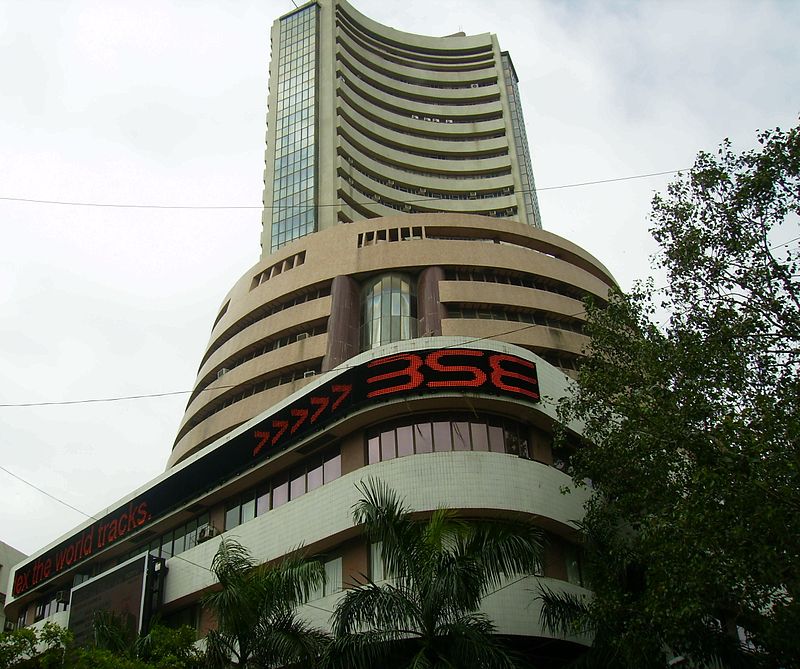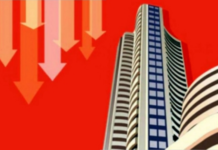New Delhi–Noting the challenge posed by a global slowdown, the Economic Survey 2015-16 tabled in parliament by Finance Minister Arun Jaitley on Friday pegged India’s growth for the next fiscal in the 7-7.75 percent range.
Reviewing the major developments during the fiscal, the survey said that according to the Central Statistics Office, the growth rate of GDP at constant market prices is projected to rise to 7.6 percent in 2015-16 from 7.2 percent in 2014-15.
Authored by the finance ministry’s Chief Economic Advisor Arvind Subramanian, the survey said: “India’s long run potential GDP growth is substantial, about 8-10 percent.”
“Amidst a gloomy international economic landscape, India stands as a haven of stability and will be the fastest growing major economy,” it added.
With exports declining in continuation for over a year, India’s trade deficit in April to January period of the fiscal also declined to $106.8 billion from $119.6 billion in the corresponding period of 2014-15.
The country’s current account deficit (CAD) during April-September period of the fiscal was at 1.4 percent of the GDP.
The Survey points out that the growth in agriculture sector in 2015-16 has continued to be lower than the average of last decade, mainly on account of it being the second successive year of lower-than-normal monsoon rains.
“Growth in industry is estimated to have accelerated during the current year on the strength of improving manufacturing activity,” the Survey said.
“Multilateral institutions in their latest assessments have underlined that in the short run, Indian growth may fall short of its growth potential of 8-9 percent,”
“But the economy could continue weathering the global sluggishness with resilience and consolidate the gains in macroeconomic stability in the year ahead,” it added.
The Survey notes that India’s external sector continues to be strong and sustainable because of strong macroeconomic fundamentals and low commodity prices.
“While export slowdown may continue for a while before picking up in the next fiscal, continuance of low global commodity prices augurs well for sustaining low trade and current account deficits,” it said.
Speaking of the reforms in India, the Survey said the economy is making great strides in removing barriers to entry for firms, talent, and technology “but less in relation to exit”.
It invokes the legend of the “charkravyuha” (maze) from the Mahabharata describing the ability to enter but not exit from business.
India has a disproportionately large share of inefficient firms with very low productivity and with little exit, the survey said.
“This lack of exit generates externalities that hurt the economy,” it added.
A critical short-term challenge confronting the economy is the “twin balance sheet problem” – the impaired financial positions of public sector banks and some corporate houses.
“The twin balance sheet challenge is the major impediment to private investment and a full-fledged economic recovery,” it said.






